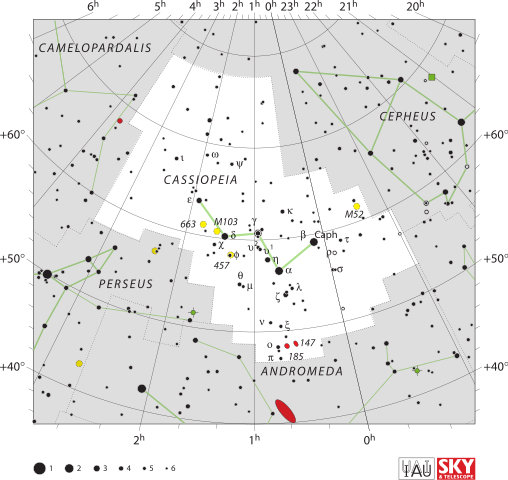- Cassiopeia is a constellation and asterism in the northern sky named after the vain queen Cassiopeia, mother of Andromeda, in Greek mythology, who boasted about her unrivaled beauty. Cassiopeia was one of the 48 constellations listed by the 2nd-century Greek astronomer Ptolemy, and it remains one of the 88 modern constellations today. It is easily recognizable due to its distinctive ‘W’ shape, formed by five bright stars.
- Andrew Tate (Wikipedia)
Emory Andrew Tate III (born 1 December 1986) is an American and British social media personality, businessman, and former professional kickboxer. He gained notoriety for promoting various positions in the manosphere community. His controversial commentary has resulted in his expulsion from various social media platforms and concern that he promotes misogynist views to his audience. As a divisive influencer, Tate has amassed 9.9 million followers on X and was the third-most googled person in 2023, with most British adults aware of who he is. He has been dubbed the “king of toxic masculinity”, has called himself a misogynist and is politically described as both right-wing and far-right. As of August 2024, Tate is facing five legal investigations—three criminal and two civil—in Romania and the United Kingdom.
